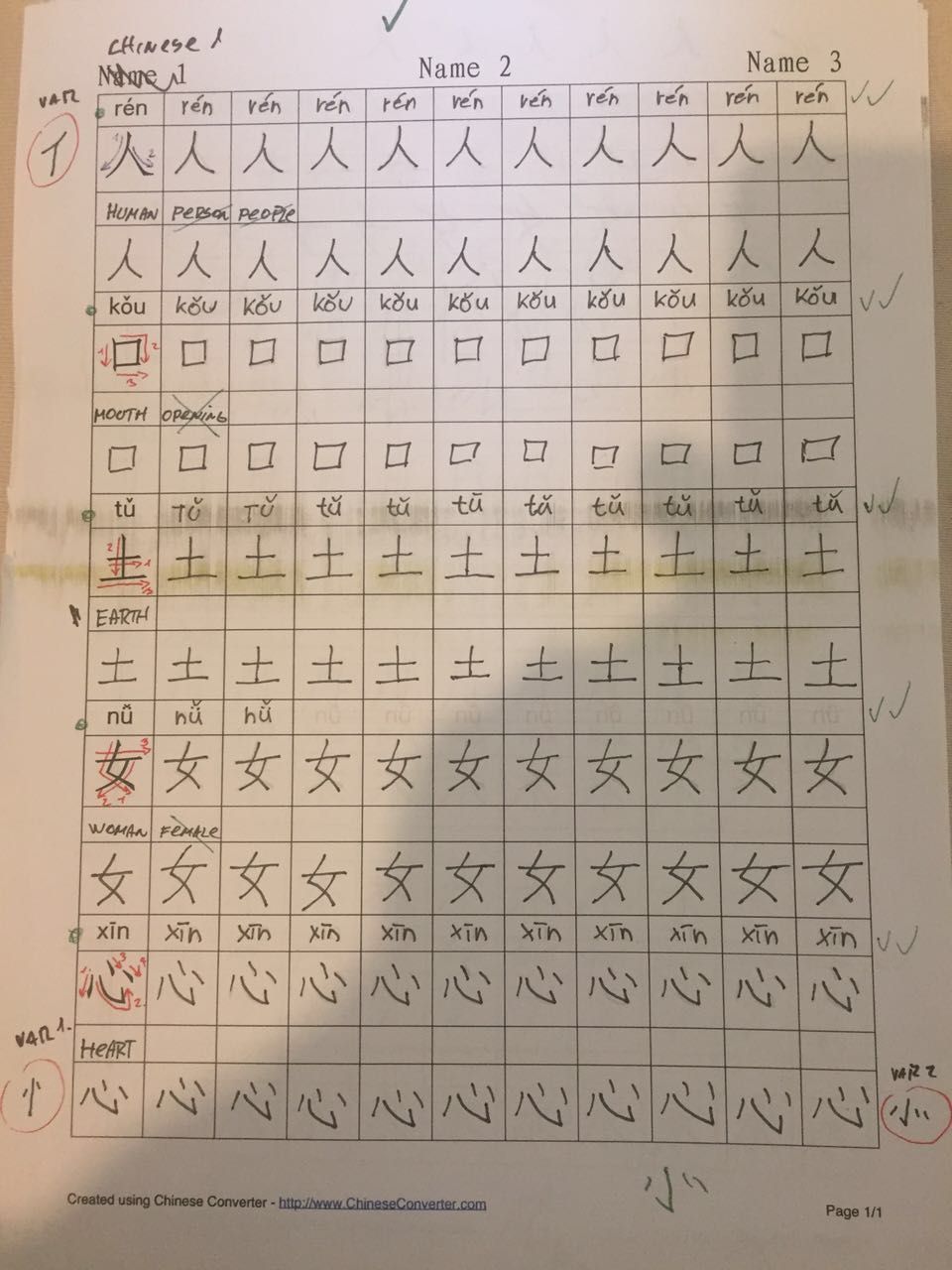2000 Years Old Method for Memorizing Chinese Characters
Good Steemians' day, I wish you all. It's me Daniel (CzechDanny) Pelnar and today I want to continue with the story of how I started learning Mandarin Chinese.
If you would like to read the basic tips, you can go to my profile and click on "My Story How I Learned Mandarin Chinese And A Few Tips".
This blog post is going to be more specific and also a bit more advanced. I did not invent this technique - I simply borrowed it from the memory champions that successfully use it for memorizing decks of cards and sequals of thousands of numbers. The trick was to modify it so that we could use it for learning Chinese characters more efficiently.
More than 2000 years old method for memorizing started in Ancient Greece and Rome. They called it the method of loci which is more known today as memory journey or memory palace. This method is based on visualization, association and the fact that people are great at remembering places.
Not only is this method great for learning Chinese characters, but you can really memorize anything with it. The eight-time World Memory Champion Dominic O’Brien uses this technique. I remember reading his book to learn how to do it myself. In the end, I used it to remember Math definitions and theorems.
In today’s world, we no longer need to memorize things that much. We have our smartphones and calendars, but if you find a situation where you need to remember a ton of information, you might want to give this method a try. One of the situations is memorizing Chinese characters.
How to learn Chinese characters using the method of loci?
I said in my previous article, that learning Chinese characters is a very logical process. The reason why I think so is that every character is composed of radicals. In turn, radicals are the smallest building blocks of every Chinese character, word, and sentence.
To give you an example, consider word 跑 [pao3]: to run. This word contains two radicals ⻊{足}[zu2] meaning “foot” and 包[bao1, or pao2] which means “to wrap, to pack” (note: 包 can be further divided, but I like to keep it like this – It’s my personal preference). You can right away see that the first radical carries the meaning whereas the second one carries the pronunciation hint. In this case, we have quite a natural association link and so we don’t have to create our own.
The way how I keep 跑 in my memory is simple. I visualize a football player who is on defense. He sees an opponent running around him. The player who’s on defense runs after him and makes a foul breaking both his legs in the process. The defender is stunned by the amount of blood on the field. The only sentence he is able to say is: “I do beg your pao3]”.
This example is a bit extreme but perhaps because of it, I can recall the word 跑 really well.
I encourage you to make up your own visual stories that stick in your memory.
The 100 most commonly used radicals
Now, you might be thinking: “Alright, so I know how to memorize characters using radicals, but how to memorize radicals?”
I have good news and bad news. The good news is that there are not that many radicals as there are Chinese characters. In fact, if you learn the 100 most commonly used radicals, it will be more than enough for most Chinese words which are used in daily conversations.
The bad news is that it’s a rote learning. Most of the radicals don’t resemble their meaning. I don’t recommend trying to memorize all of them at once. Rather, as you are learning Chinese and Chinese characters, slowly start adding the radicals into your vocabulary to keep a sane mind. I learned all of them using flash cards in the period of two months.
This is an example sheet, I found from back days when I was learning:

Congratulations @czechdanny! You received a personal award!
Click here to view your Board
Do not miss the last post from @steemitboard:
Congratulations @czechdanny! You received a personal award!
You can view your badges on your Steem Board and compare to others on the Steem Ranking
Vote for @Steemitboard as a witness to get one more award and increased upvotes!